Archive
2022
KubaParis
Ridge of Doom
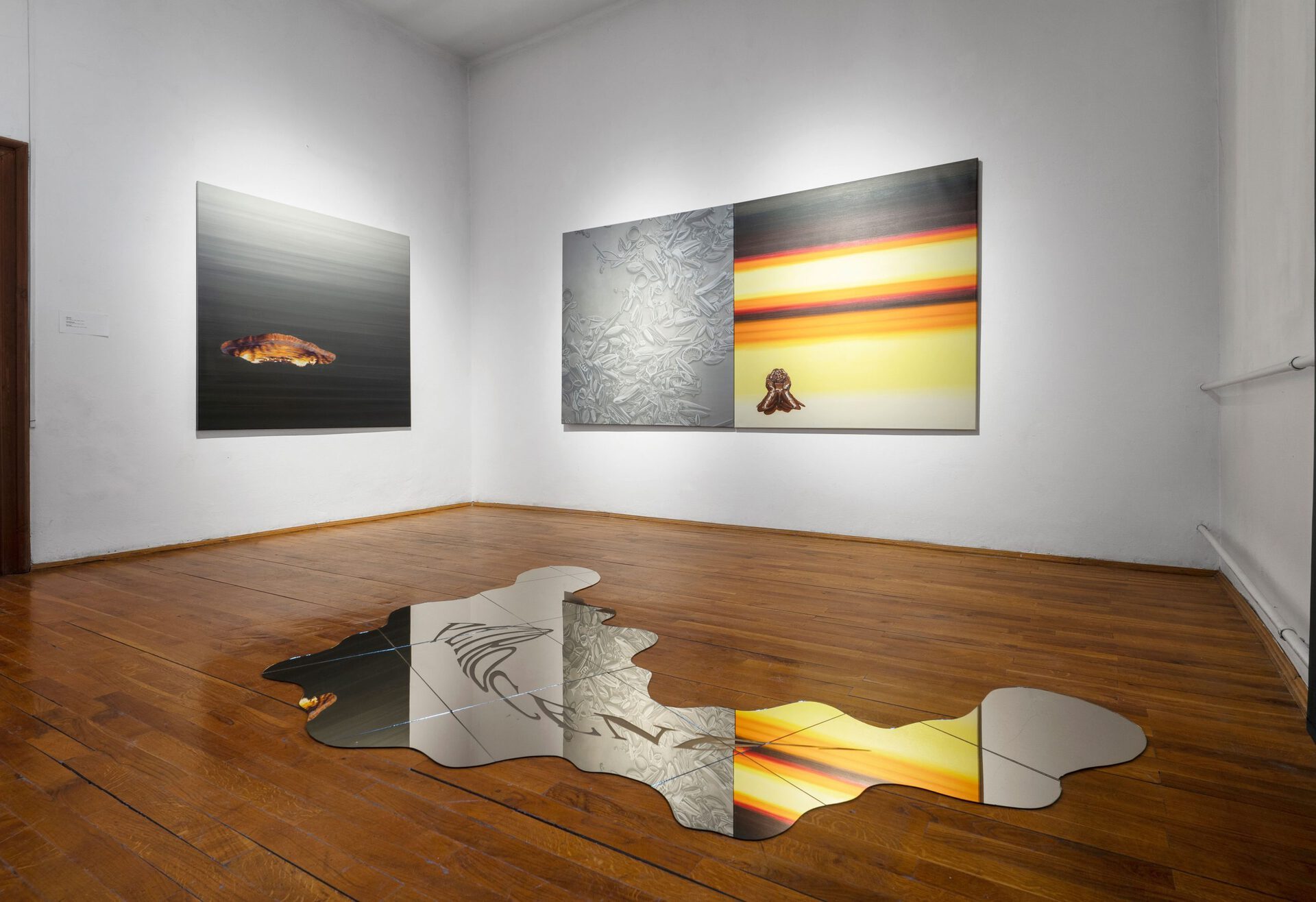
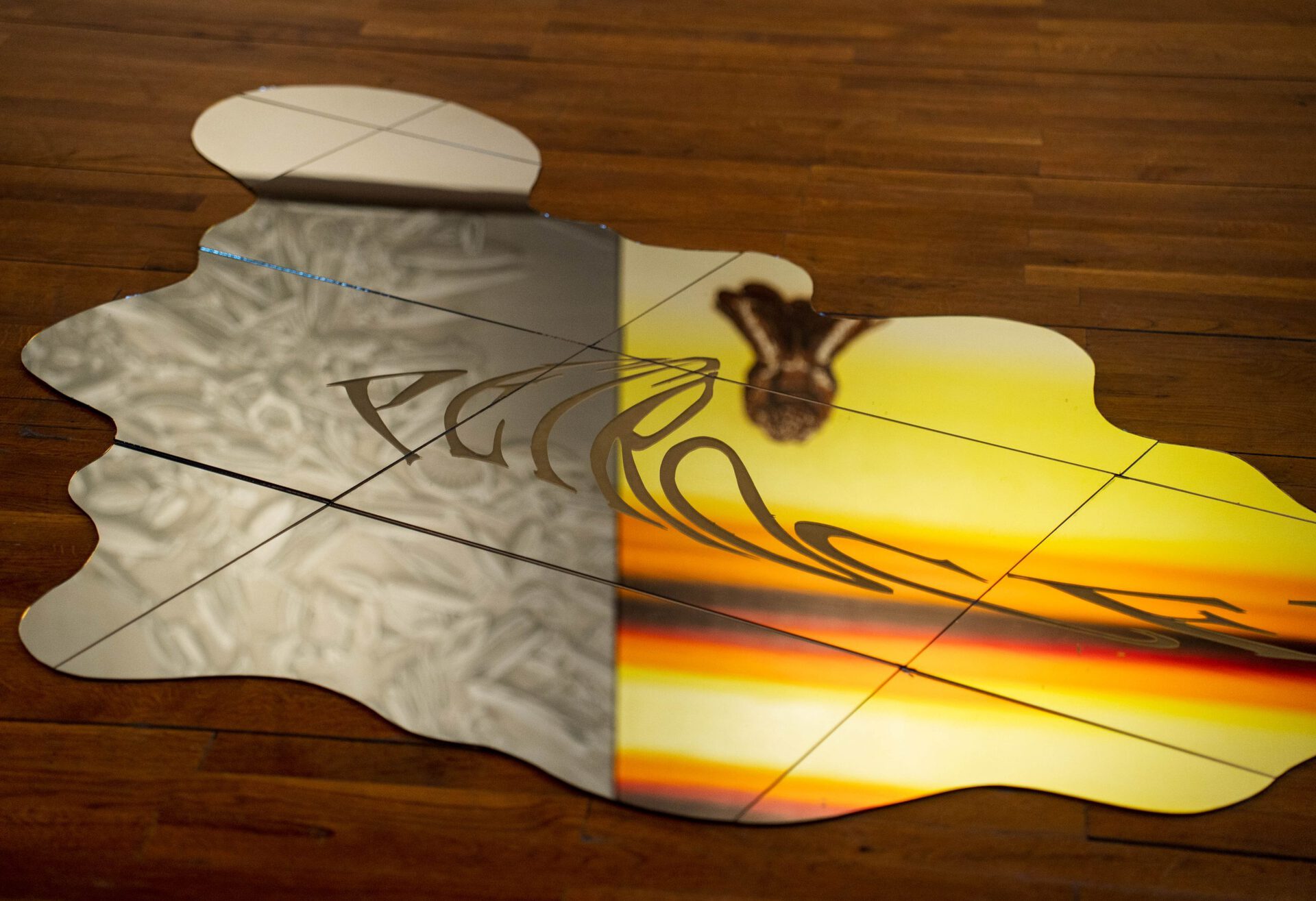

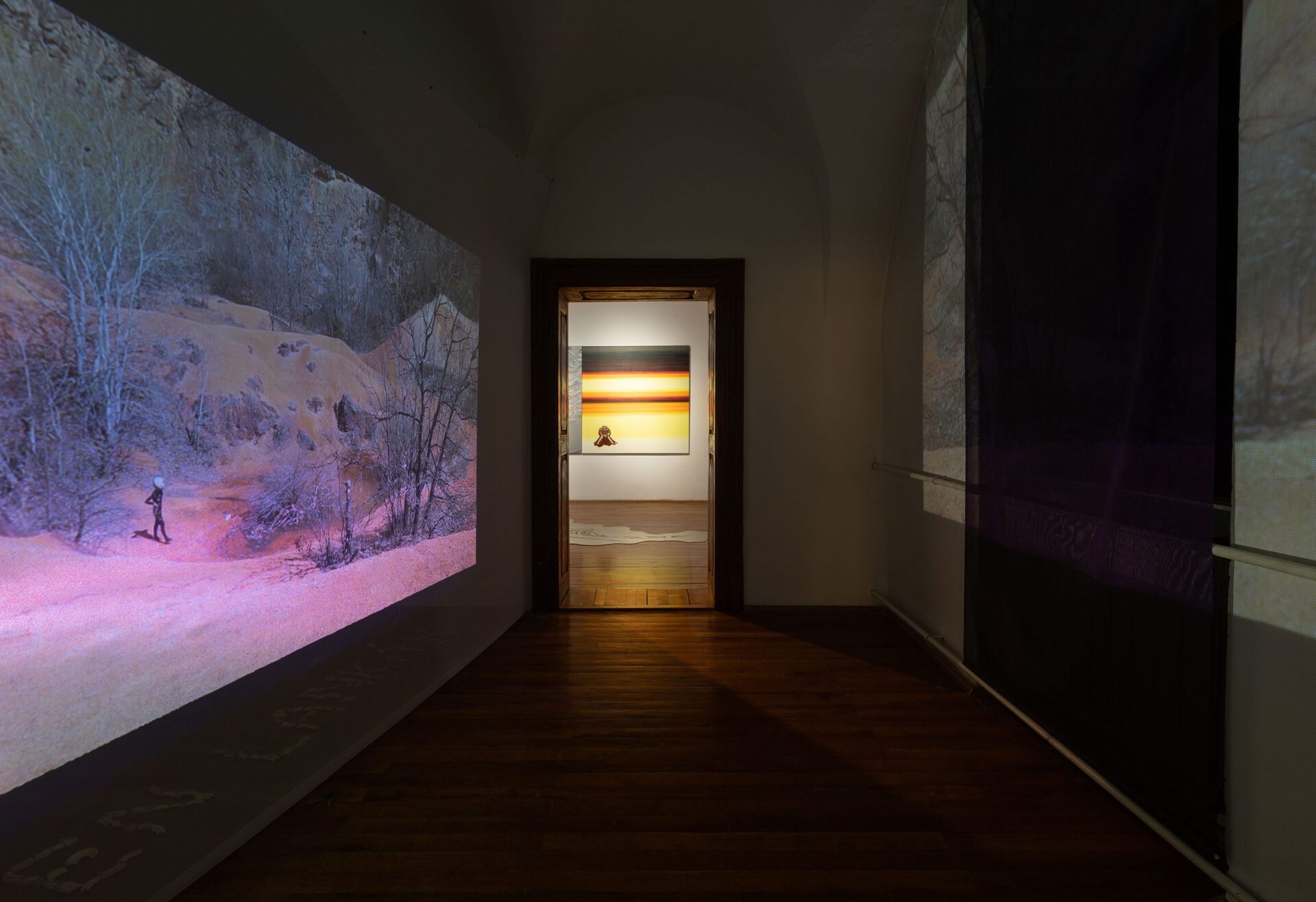
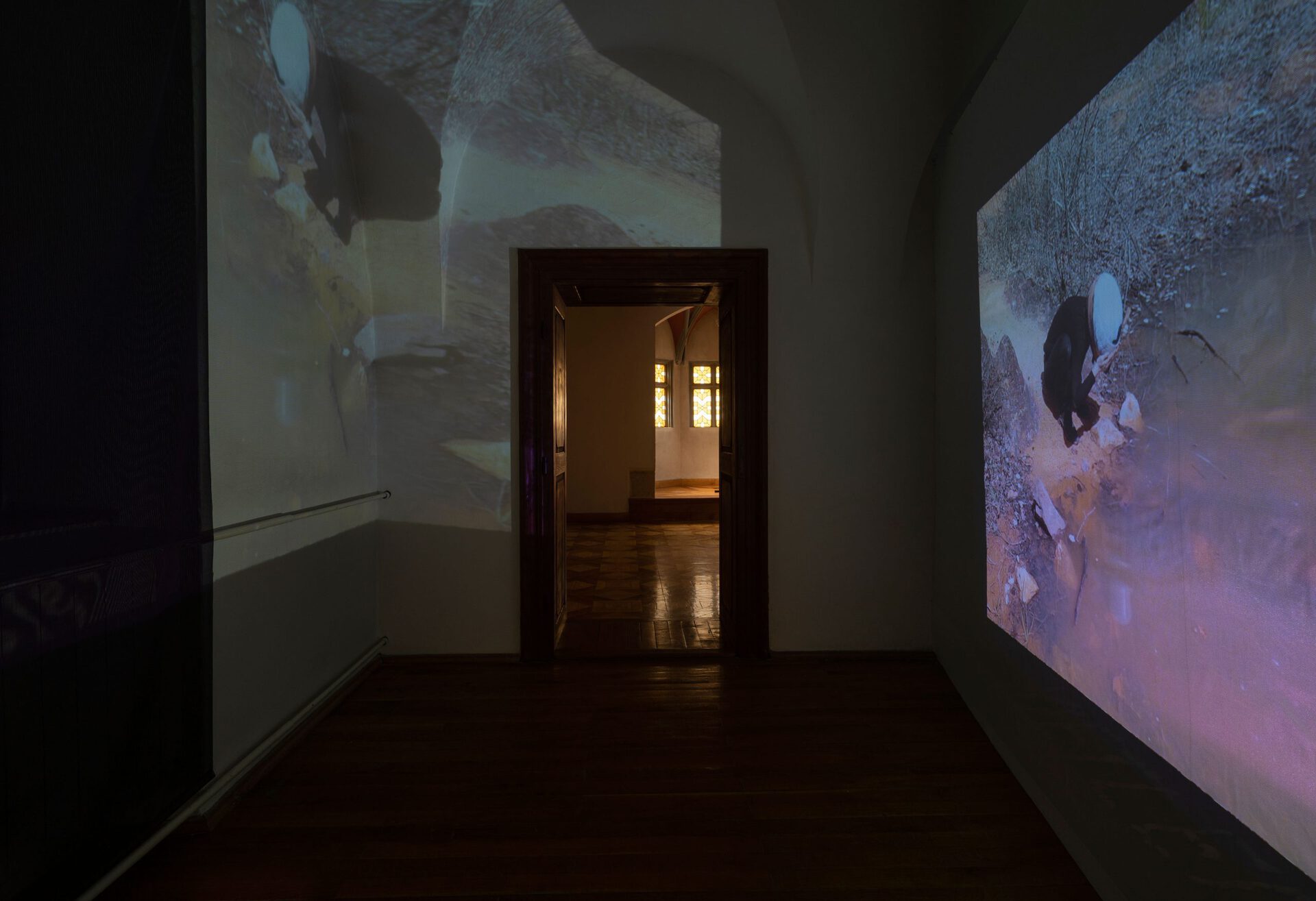
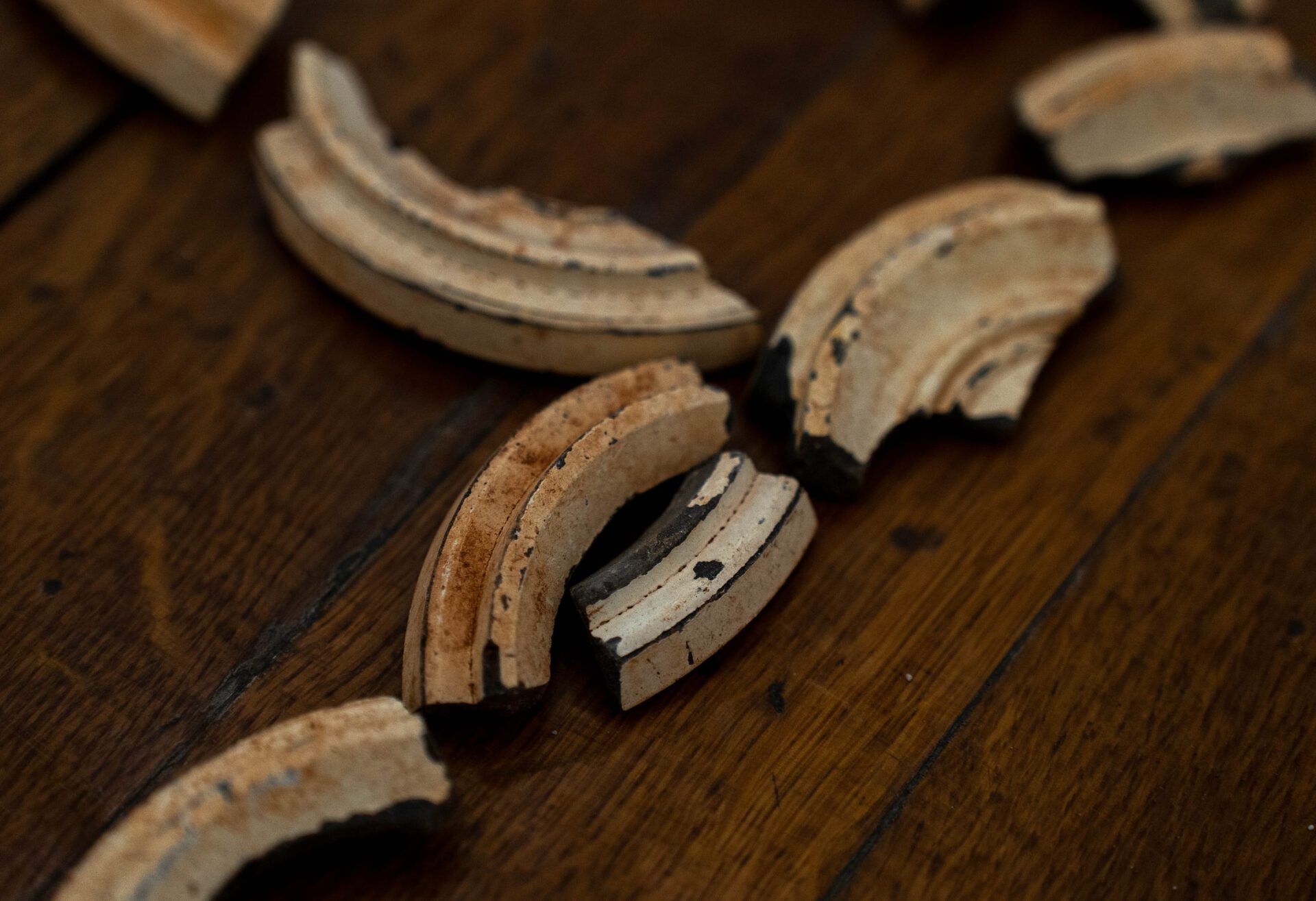

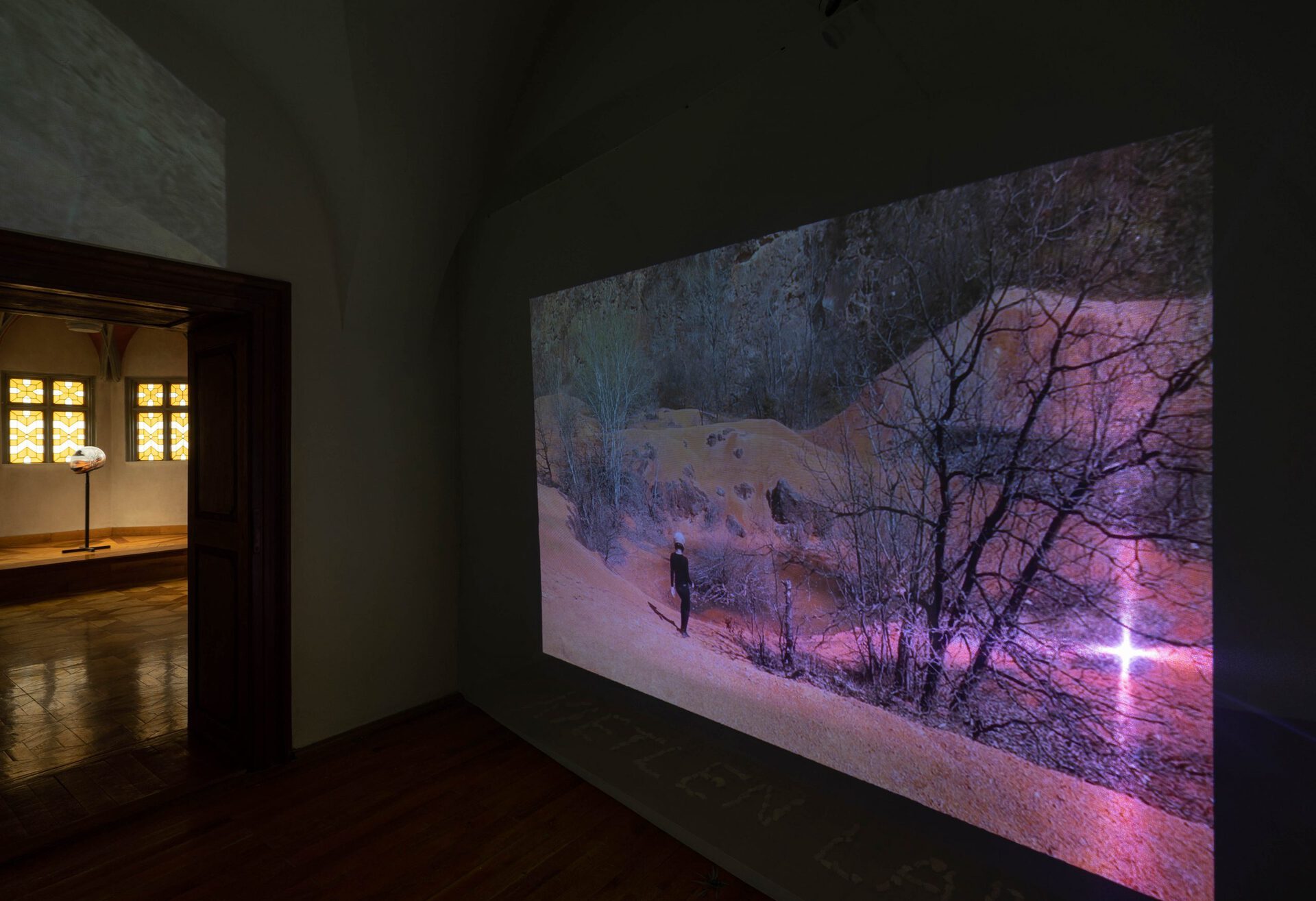
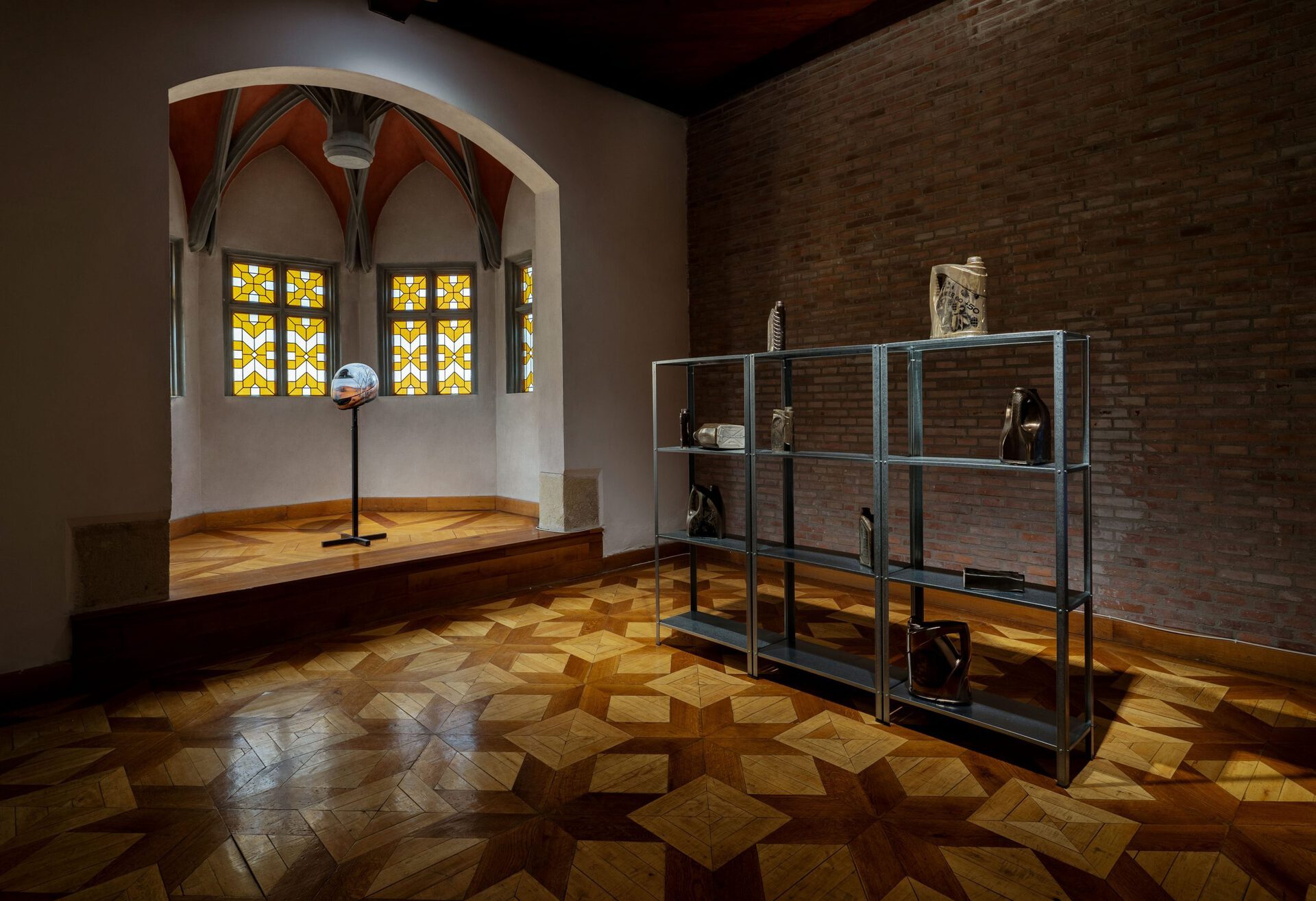


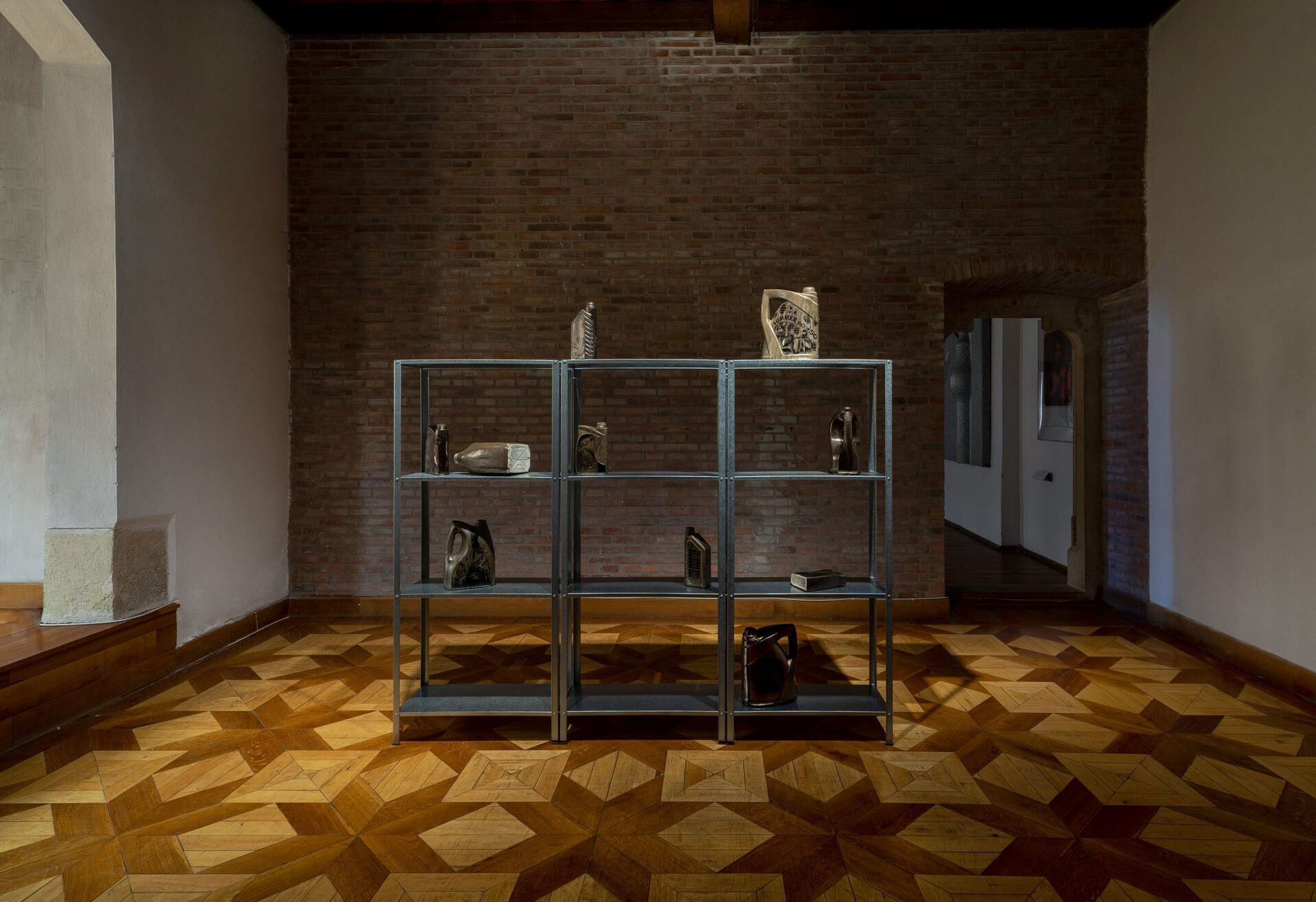

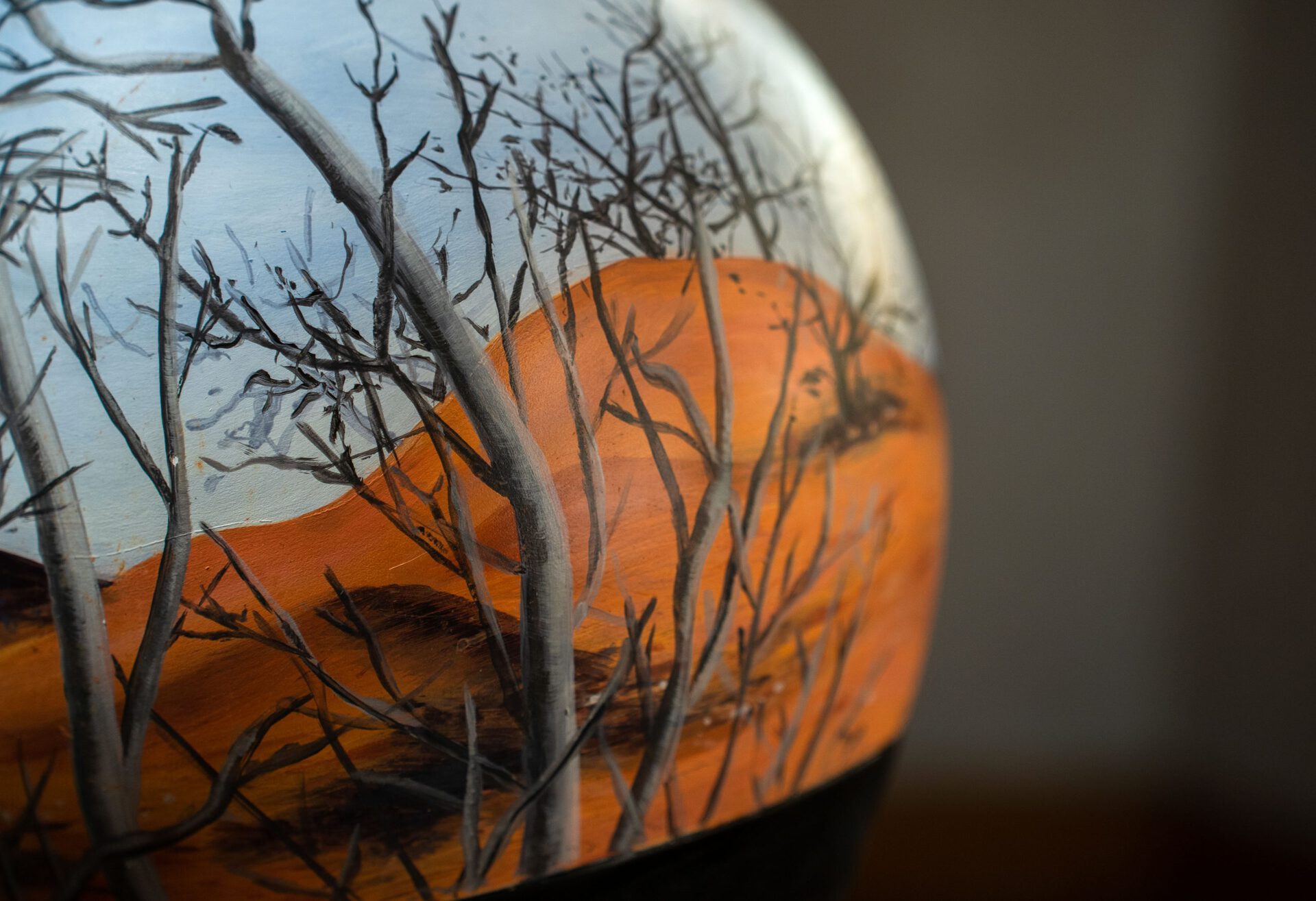
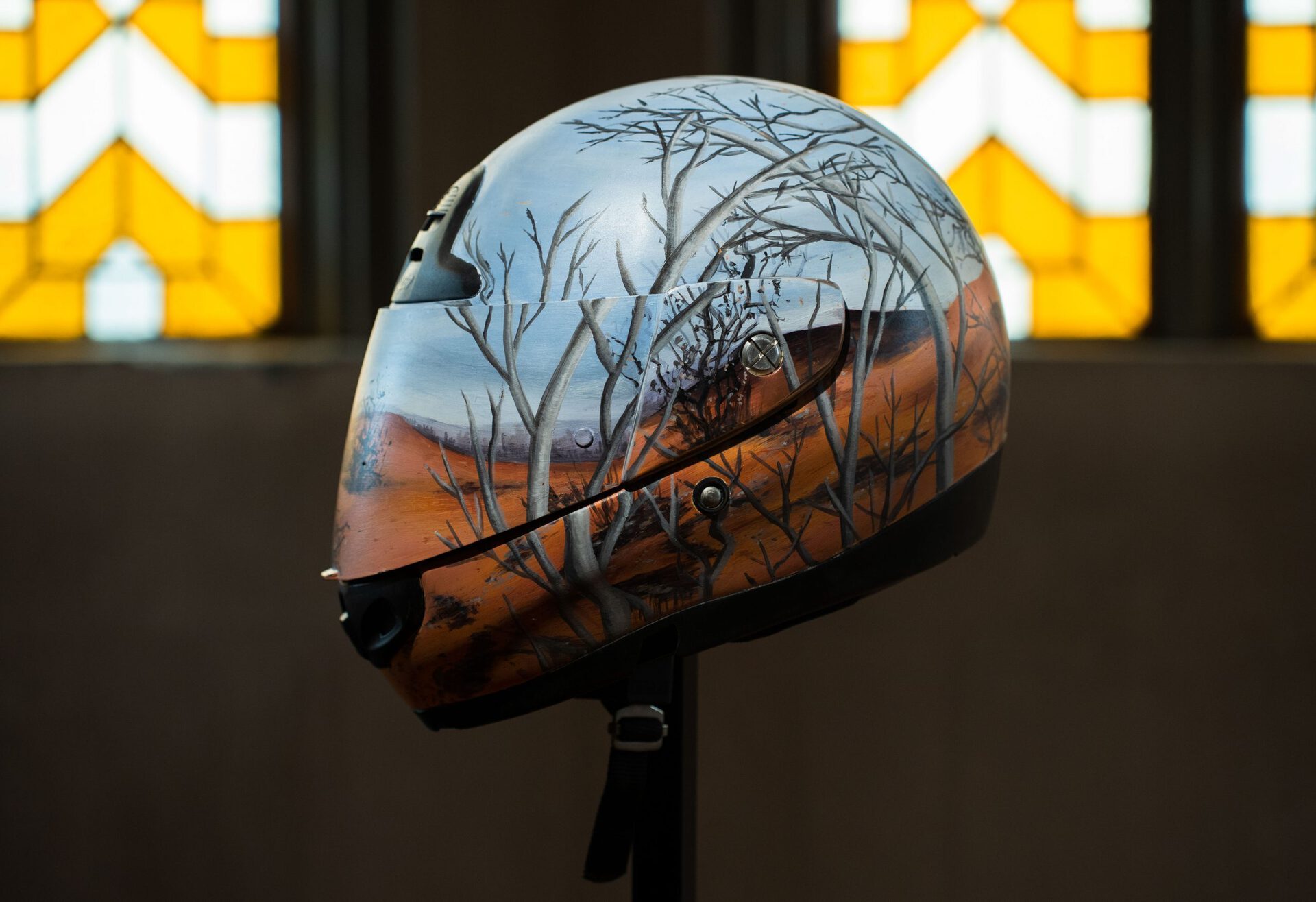
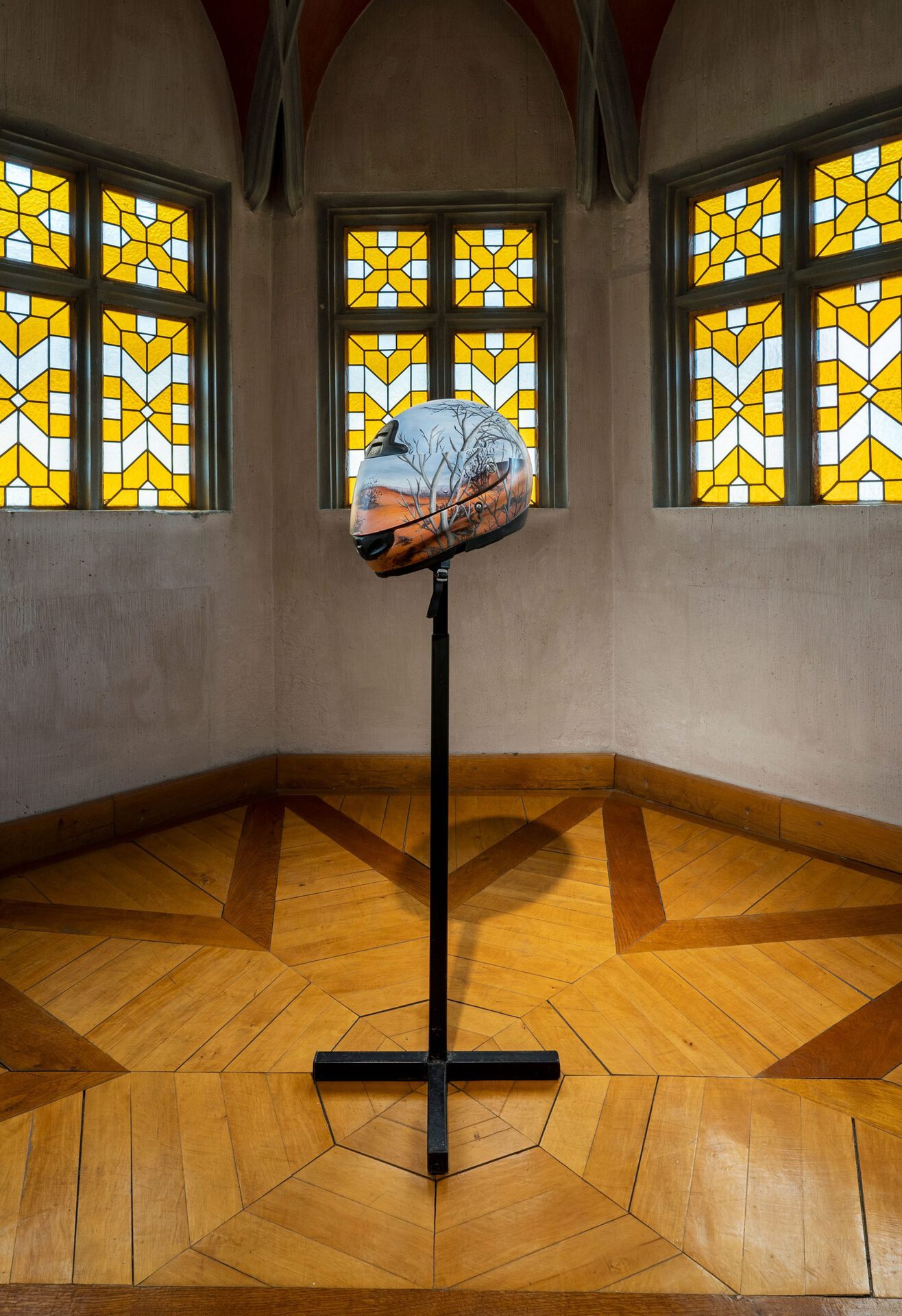

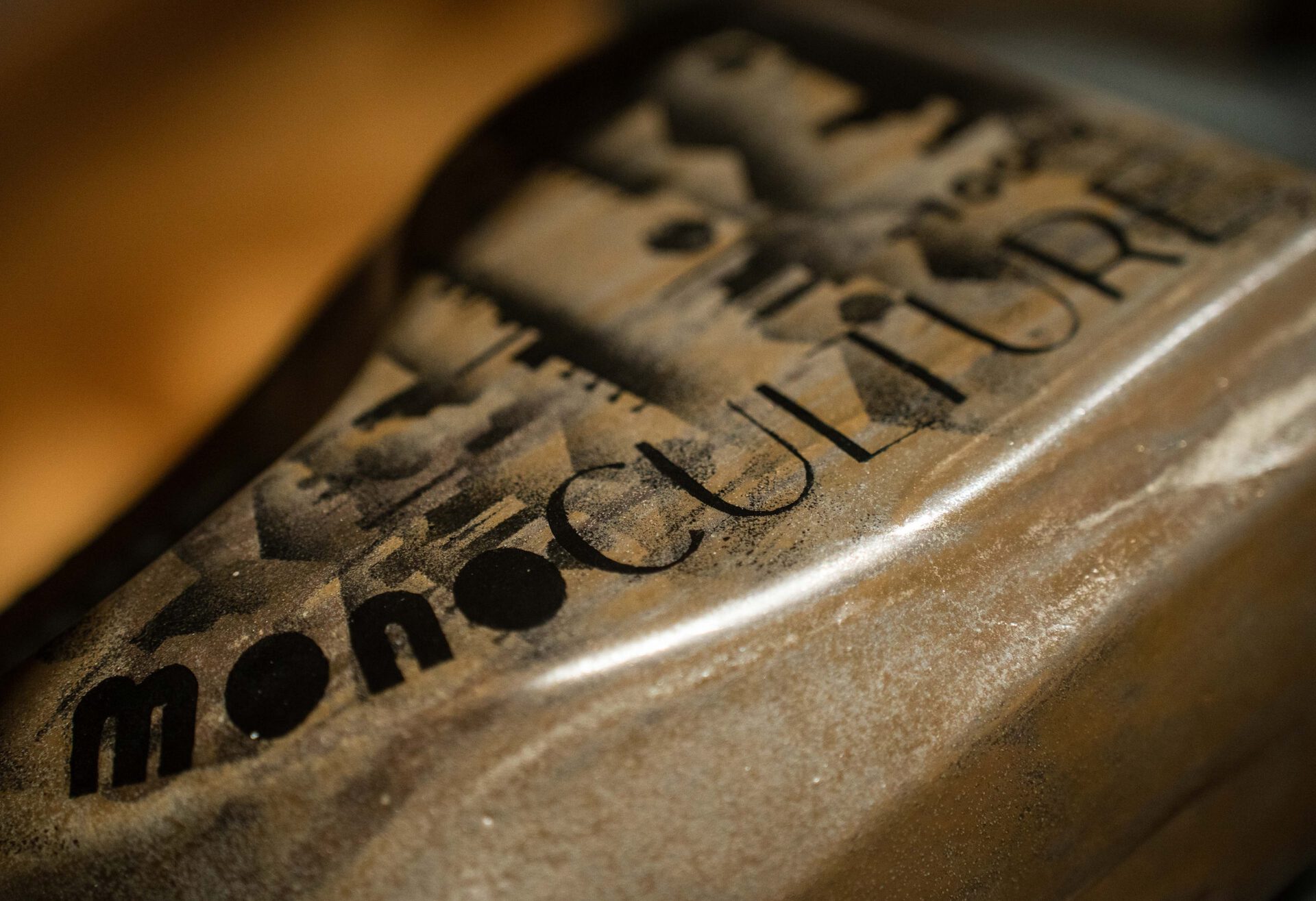
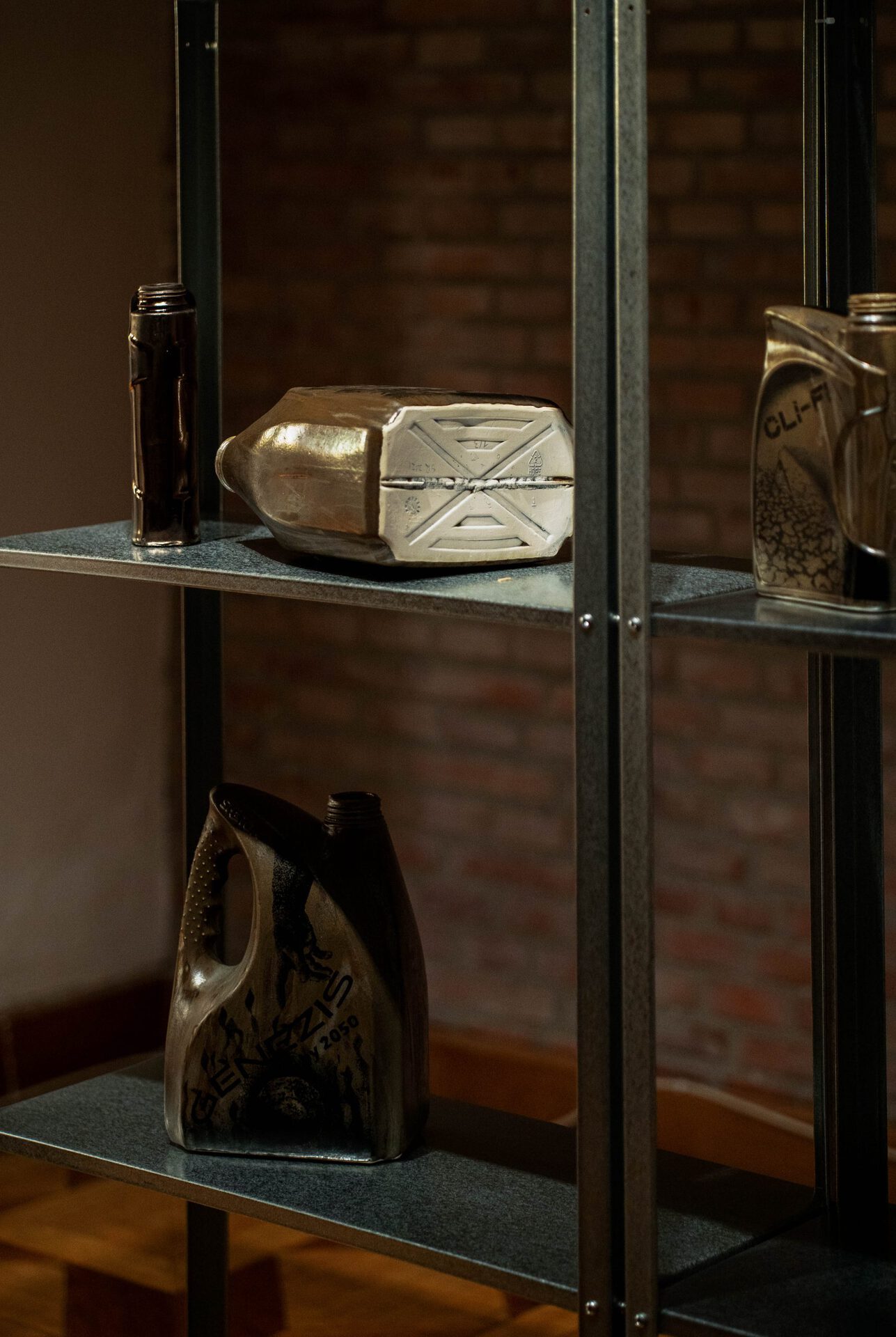
Location
Szent IStván Király MuseumDate
27.04 –21.05.2022Photography
Zsuzsanna SimonSubheadline
As the winner of the Smohay Prize in 2020, Süveges’s installations on display at the Szent István Király Museum primarily examine the two-way relationship between nature and technology. Her main topics appear in the series: the geological history of the development of fossil fuels, the petroleum dependence of industrial agriculture and the landscaping effect of monoculture.Text
In the work of the artist Rita Süveges, painting and artistic research complement each other. The starting point of her work is the evolution of the concept of nature, that is, how the societies of certain ages relate to nature. In recent years, it has manifested itself in a picturesque blend of theories beyond antropocentricism and the digital. She consciously uses the language and culture of the new ecologies.
As the winner of the Smohay Prize in 2020, Süveges’s installations on display at the Szent István Király Museum primarily examine the two-way relationship between nature and technology. Her main topics appear in the series: the geological history of the development of fossil fuels, the petroleum dependence of industrial agriculture and the landscaping effect of monoculture. In his latest work for the exhibition, she examines the afterlife of a landscape wound caused by mining, one of nature’s main exploitative technologies.
The installation titled Ridge of Doom, which is also the name of the exhibition, invites you to the special landscape of the abandoned bauxite mine in Gánt. The mounds of the red barren heap, which is also reviving apocalyptic associations, are slowly being recaptured by wildlife. However, the intensity of the landscape invites you to special adventures: as an illegal motocross and puck shooting range, it serves as a reinvented apocalyptic aesthetic setting for fans of technical sports. Ridge of Doom shows how technology is saving itself into the future through the defeat of nature by forcing new masculin features upon it.
Rita Süveges (Szolnok, 1986), a third-year Derkovits scholarship artist, won the Smohay Prize in 2020 besides a scholarship from the VARP New York (ISCP) residency program. She has participated in scholarships at the Cité des Art Paris and Q21 / MQ Wien. She has exhibited at the Ludwig Museum in Budapest and Koblenz, and has collaborated with the CHB in Berlin, the Meetfactory in Prague, and many international and domestic exhibition venues and cultural institutions. Community organization and knowledge sharing are important to her: she is a member of the xtro realm artist group, editor of the extrodaesia and the Climate Imaginary Reader thematic article series, which sought to gain insight into the common intersection of the ecological and climate crisis and the contemporary arts.
www.ritasuveges.com